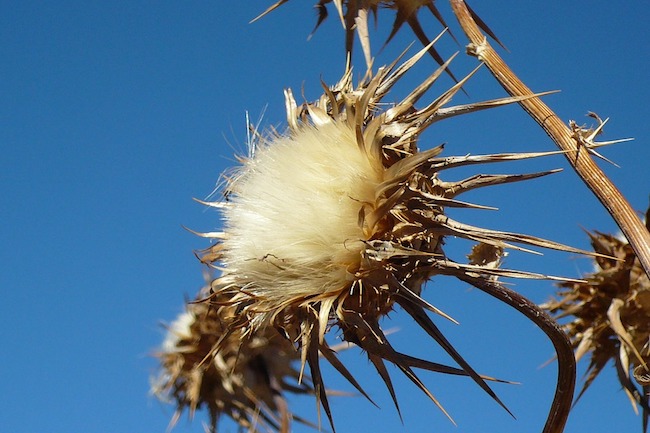24 Little-Known ‘Miracle Plants’ The Navajo Used For Medicine by: Tammy Robinson for Off The Grid News
Anyone interested in living off the land or wishing to prepare themselves for a crisis would be wise to study some of their local plants.
Native people had an extensive knowledge of which plants, and which parts of the selected plant, were valuable for certain health problems.
In this article, we are going to look at some of the little-known medicinal plants that were used by the Navajo nation. Even though they lived in what we would consider desert or areas filled with nothing but “scrub brush,” the Navajo found some of the best and most powerful medicinal plants in their region.
Remedies for Headaches, Coughs, Fevers, Mouth Problems
1. Lichens – Pulled from rocks or trees, these were chewed to stop mouth pain, canker sores, and sore or swollen gums.
2. Purple loco weed (oxytropis) – The leaves are crushed and boiled, then the steam inhaled to open up airway passages and ease breathing.
3. Desert thistle – Used to stop the chills and/or fevers. Commonly given in tea form.
4. White horehound – This was used as a tea for coughs and sore throats.
5. Snake weed – Despite the name, this was not used for snake bites, but for headaches. Unlike other plants, this one was used externally by placing wet leaves on the forehead. Some people refer to this as broom weed or broom snakeweed.
Remedies for Diarrhea, Stomach, or Digestive Problems
6. Indian paintbrush (castilleja) – Used for most common stomach problems, including stomach aches, cramps and indigestion. Many tribes referred to this as the prairie fire plant. The flowers are very sweet and tasty, although other parts are not edible.
7. Indian hemp (Apocynum cannabinum) – While this relative to cannabis cannot be consumed, the roots were boiled to make a tea to treat intestinal worms and stop dysentery.
8. Antelope sage – The root of this plant was brewed into tea to stop general stomach pain and cramps.
9. Sand verbena – Sometimes called desert verbena, the leaves and flowers were consumed in tea form to stop stomach cramps, as well as to make a general, soothing tonic.




